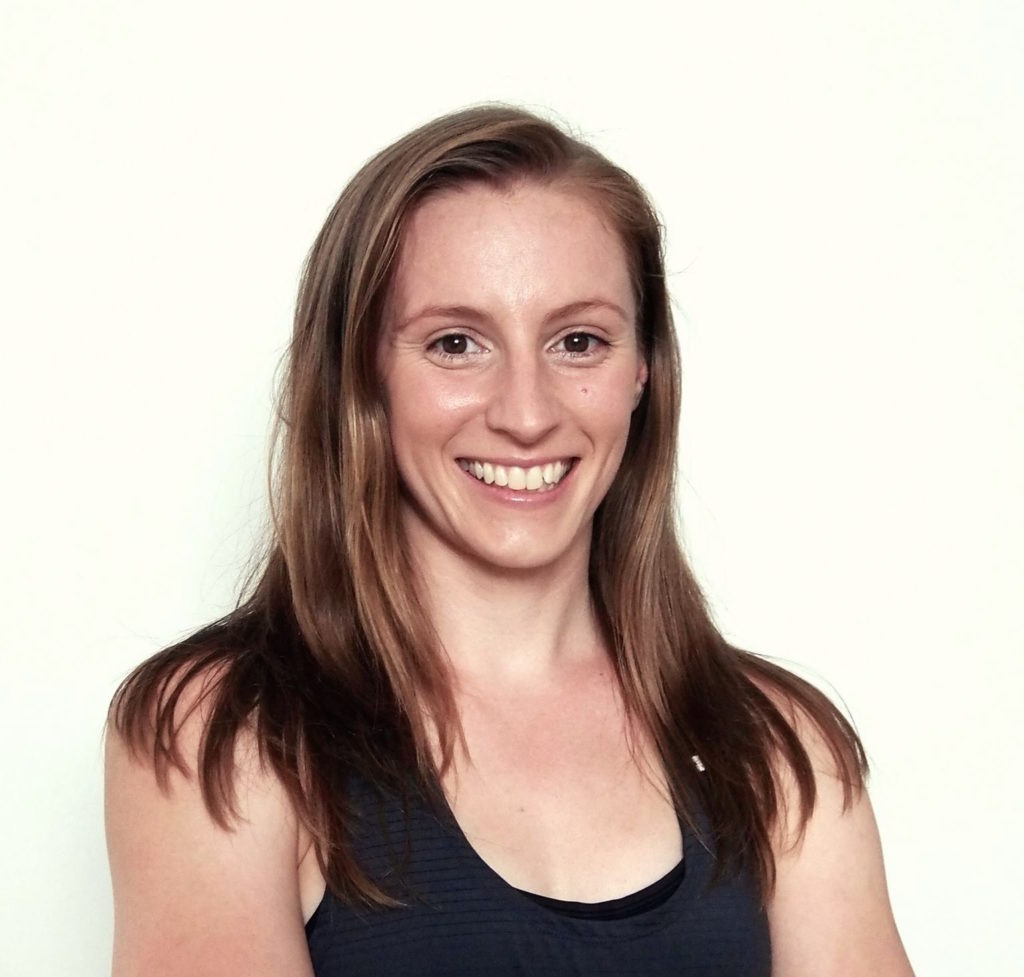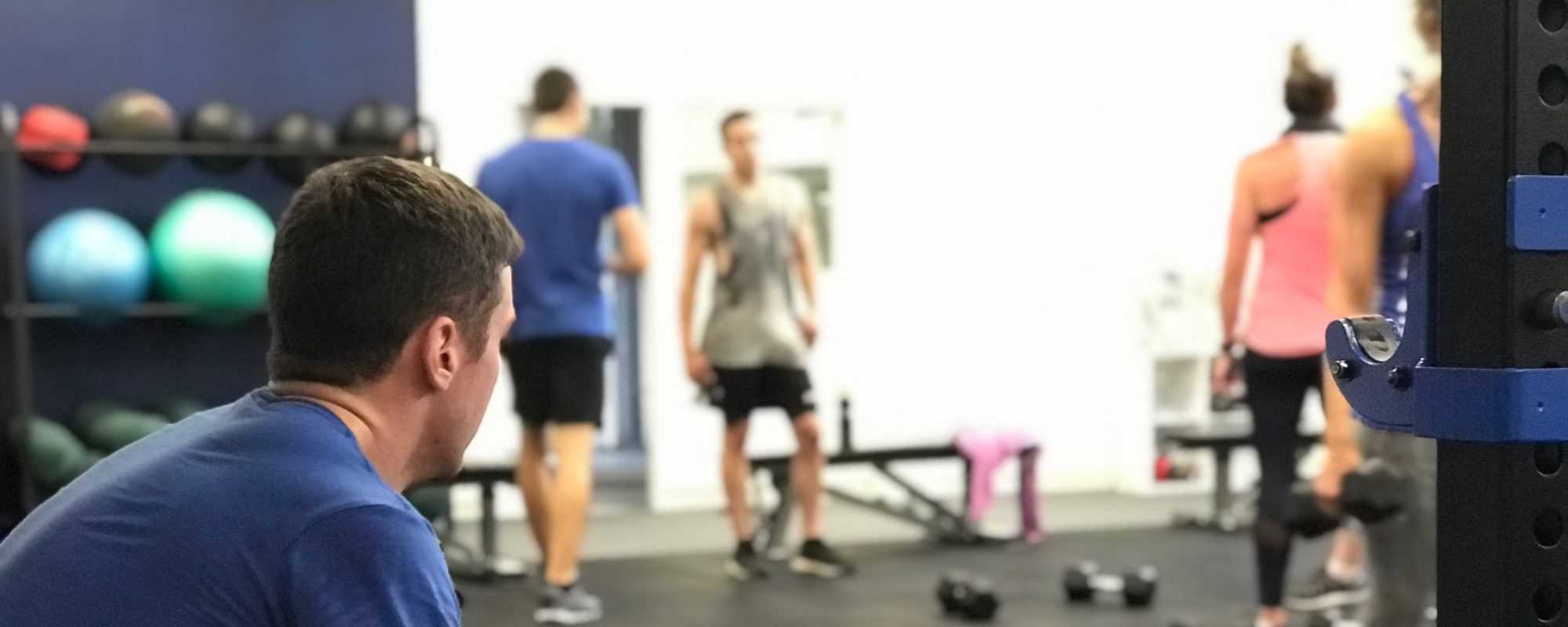I had practiced vinyasa flow yoga before I began Iyengar yoga. Funnily enough, I had tried Iyengar yoga before, a few years earlier, without even realising it was ‘Iyengar yoga’. Nowadays there are all different types of yoga, including fusions of disciplines like yogalates and body balance, so although its founder Mr Iyengar would never have called it ‘Iyengar Yoga’, it seems necessary to define the style so that people know what to expect when they try out this type of yoga.

Practicing hot yoga I strained my back. My sacroiliac joint to be more specific and this was not just a niggle. This pain forced me to take a day off work, maybe even two – something I NEVER did. Sometimes the pain was so bad I could hardly walk. The injury made me look at what I was doing, both in yoga, and in my life, to see what it was that needed to change. When I started Iyengar yoga (properly this time), I was completely embarrassed that the teacher ‘corrected’ me so many times in 75 minutes. I was already a yoga teacher! How could I be so bad that she spent almost half the class (at least it felt like that!) ‘tutting’ and twisting me, pressing and pushing me, when there were twenty-five other students in that room that surely weren’t as good as me! Luckily my yoga ‘education’ had given me the wisdom to push my ego aside and stay back after class to talk to this teacher, regardless of how embarrassed I felt in her presence! and I am so glad I did.
The power yoga classes were fantastic to get me into a space where I was ready to receive this new practice. The positive words and affirmations used in those flow classes are literally woven into the sequences and into your subconscious, so you find yourself not only leaving class feeling light, but truly empowered too. With this Iyengar style of yoga, I was introduced to a different type of class where suddenly you could be doing the posture ‘wrong’. This actually hadn’t happened before, I had heard the words ‘don’t worry about what you look like’ so many times by now – it was supposed to be all about ‘feeling’! The poses weren’t flowing from one to the next to the next, you actually had to hold them (which was hard! and lets face it – it still is…) and then you had to think, and observe, listen, move, change, observe again, be still, and then finally come out of the pose ready for the next one… Woah! Completely different. I also had to learn to do poses I already ‘knew’ how to do! Poses I found easy and enjoyable suddenly became hard, more complex and they had these multiple layers. I got physically adjusted more times in a month than I had in a whole year of yoga! And it made me hungry. It made me so hungry to learn more, to explore more that I just had to keep going. I had to know – why was this method so different? Why was it seemingly so strict with its sequencing and its timing and instruction, and then suddenly so different again, with unexpected poses and almost physically impossible progressions…
Iyengar yoga was born of the practice of one man, BKS Iyengar in India, who began yoga as a child in a desperate bid to improve his health. He had tuberculosis amongst other health problems and was an unwell child, at the time he had no choice but to seek better health through the practice of yoga. He struggled, a lot, and had to modify many of the postures using ‘props’. These props are now one of the hallmarks of Iyengar yoga – they allow any body to practice the postures. Mr Iyengar used his own body and his own experience to guide his teachings. He then used his students in an effort to help them seek better health through yoga practice and he learnt from them too. He did this study, this experiential learning, in both his personal practice and his teaching, every day until he was 95 years old. Complete and utter commitment.
Whilst my scientifically trained brain loves the technical side of Iyengar yoga, the precision, the mathematics of the body if you like, ultimately it was the commitment that got me. In this increasingly fast and changing technological world, this practice was asking me to commit. To dedicate myself to a lifelong exploration of the practice, its effects on myself and on my students. It was not something I could get through in my spare time. It was not another achievement to be had, or experience to tick off. And I think without knowing it, I was really craving that commitment from myself, that commitment to myself. I got my first yoga teacher’s certificate after 3 months of part time ‘study’ while I was working full time as a veterinarian. I sent in two videos of myself teaching my husband some yoga in our lounge room! After a 5 year veterinary degree, I certainly didn’t class this as study and to be honest I’ve never worked so little to get such a ridiculously high mark on my assignments. Don’t get me wrong, the course was great and I wouldn’t have left the veterinary industry without that fast qualification. I still recommend that company today! But I became a yoga teacher in 3 months. This Iyengar system requires a daily practice and a lifelong commitment to learning to better yourself and assist your students. And that is what I want.
I think that if new students to yoga don’t happen to stumble on Iyengar yoga first, then they may end up finding Iyengar yoga because of injury, health problems or age. The classes aren’t filled with Lululemon adorning 20-somethings hoping to nail scorpion pose or some other arm balance they saw a celebriyogi doing on Instagram (I am absolutely having a laugh here! Huge generalisation!!) Instead, the studios I have attended have an average student age of 40 years old, some students in their 60’s and 70’s even. The attire is (mostly!) more modest – if you’re lucky you may see a few pairs of the traditional bloomers, little cotton shorts pictured in the black and white photo below… I am a proud owner of 3 pairs! The sequences are very particular in timing, pose selection and progression, to achieve over the course of the class, a very particular effect. The effect could be uplifting, recharging, relaxing, opening, quietening… the list goes on. The poses you practice are directed by the teacher and if you have a specific problem, the teacher will change the pose or the props to suit you. If you are menstruating you are asked to tell the teacher before class and give yourself more rest than usual. You are made to realise the importance of listening to your body and respecting its natural rhythms. And through this precision, this attention to detail, this unwavering commitment demonstrated by your teacher throughout each class, you find yourself completely immersed, as if for those moments during your practice there is nothing more important than being yourself and finding out exactly who that is. And suddenly a system known for its alignment, its precision, its physicality and its tough teachers, becomes the most spiritually awakening practice you could find.
“It is through the alignment of the body that I discovered the alignment of my mind, self, and intelligence.”
―BKS Iyengar, Light on Life
Pixie Lillas demonstrating kapotasana in Pune, India in 1979.
Pixie Lillas practising and teaching at her Balmain Studio where she has taught for 36 years.
Learn more about the yoga program at Green Body: https://www.greenbody.com.au/2017/07/05/yoga-program-green-body/
Learn more about BKS Iyengar at the official Iyengar association website: www.bksiyengar.com
Learn more about senior teacher Pixie Lillas at her online yoga website: www.yogavastu.com
Interested in yoga? Try my FREE 15 minute relaxation download “Guided savasana.”

Kelly Moriarty is a certified Iyengar yoga teacher and runs Green Body Gym & Yoga Studio in Cardiff, Australia.






